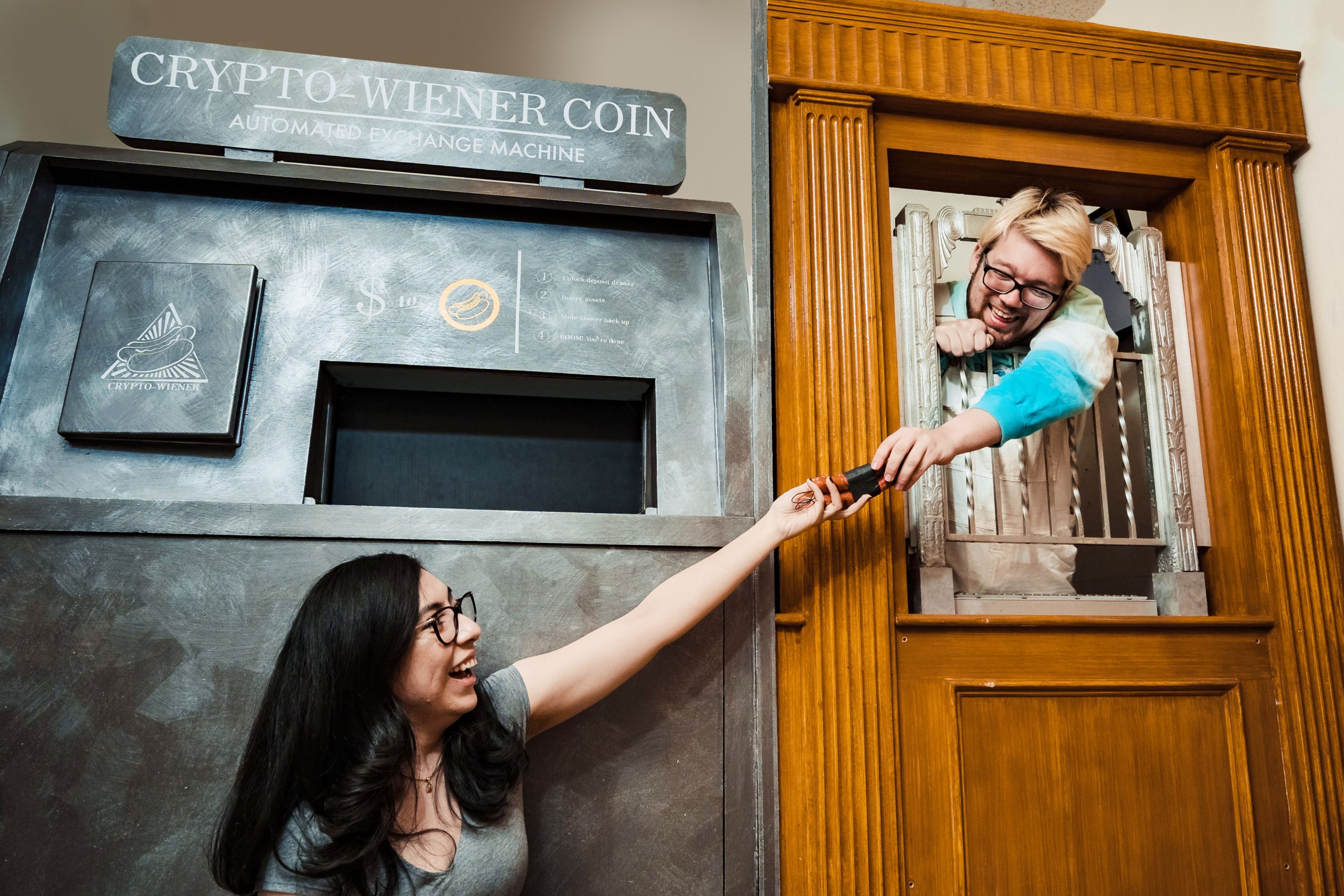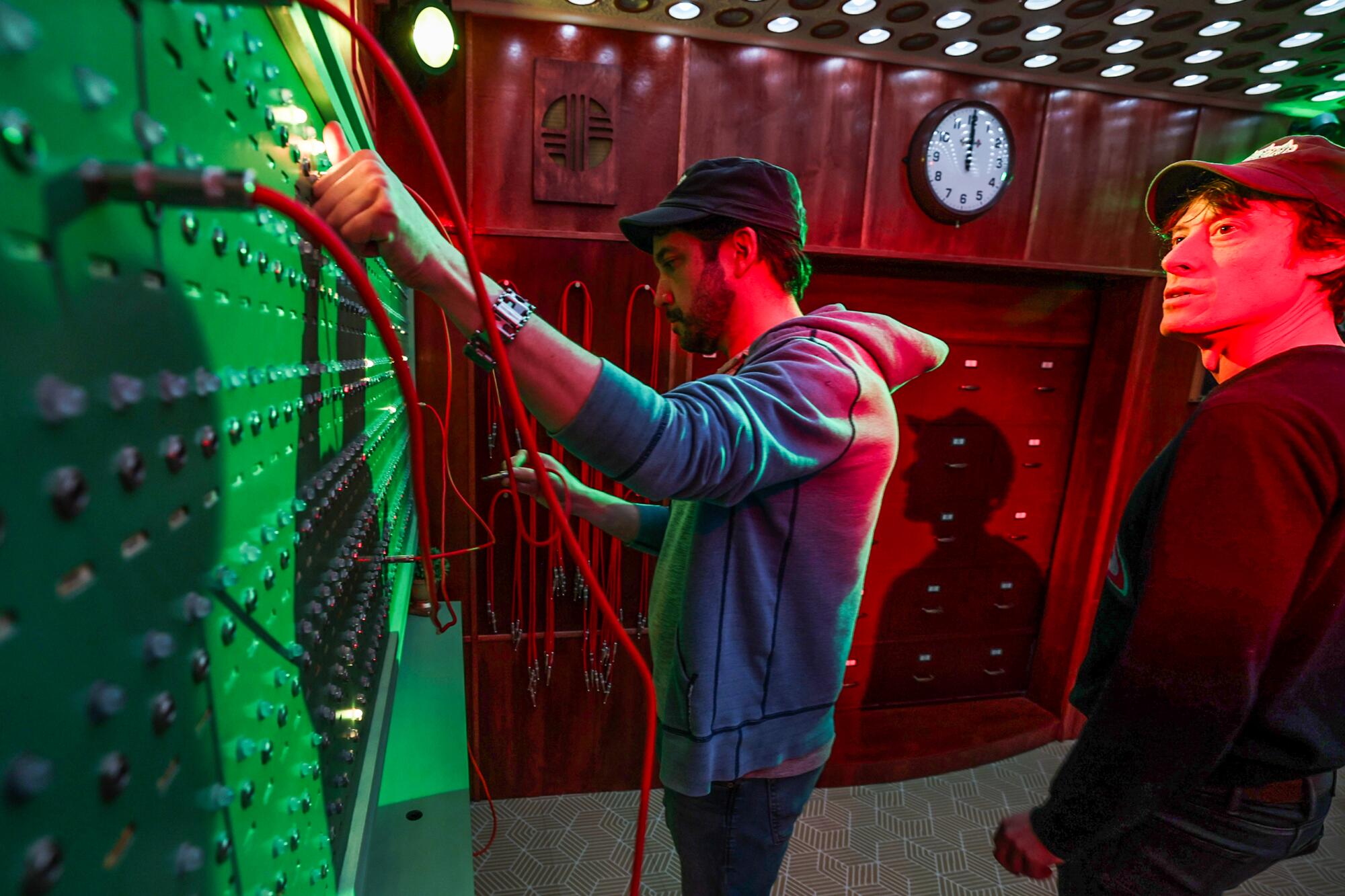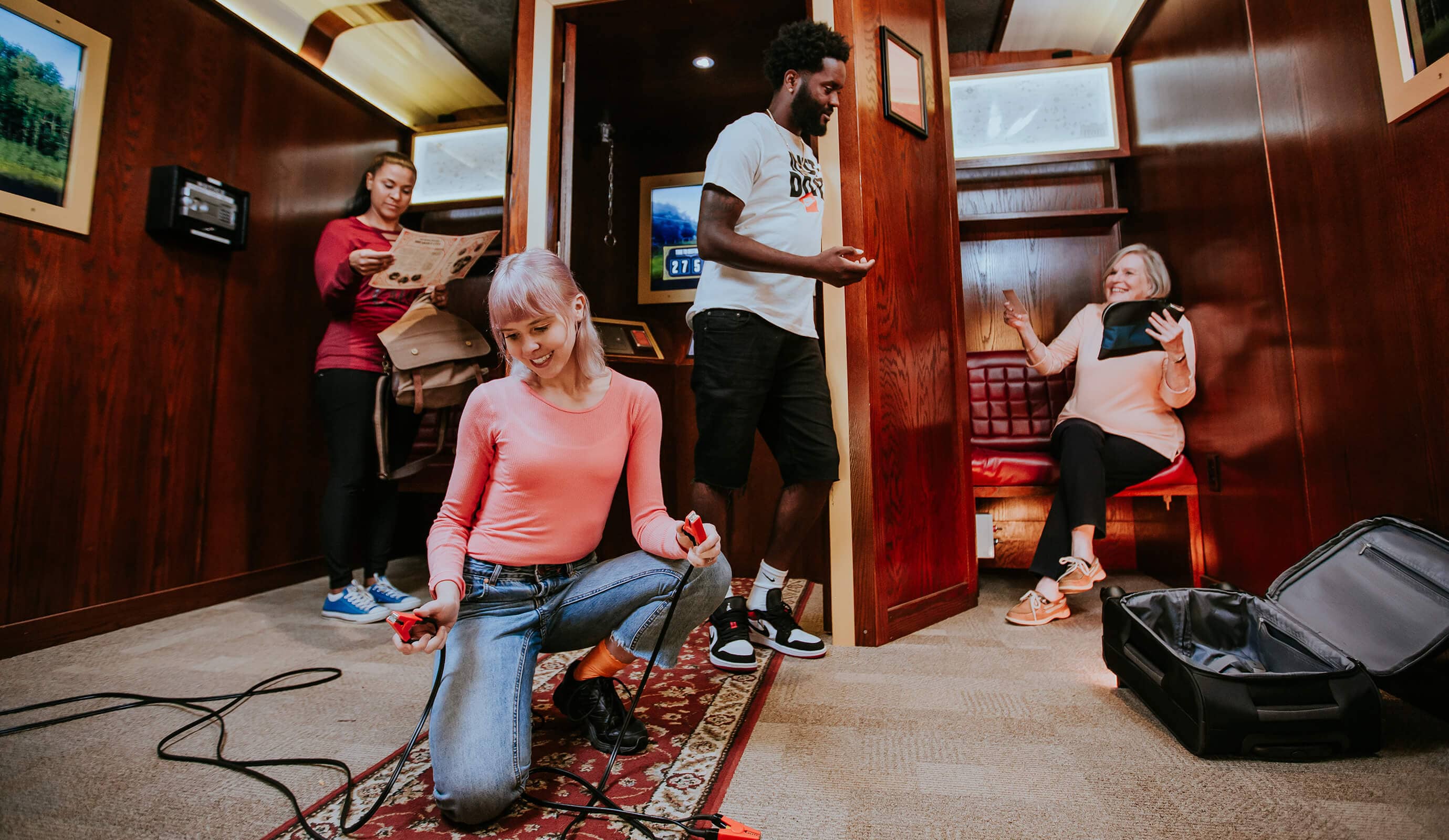Address the Problems at an Escape Room Boise and Examination Your Skills
Address the Problems at an Escape Room Boise and Examination Your Skills
Blog Article
Unlock Hidden Clues and Getaway the Space Before Time Goes Out
The appeal of getaway rooms exists in the elaborate dance between intellect and time constraint, where participants have to decipher concealed ideas to protect their leave. Equally critical is the function of smooth team communication, as sharing point of views can typically brighten courses that individual efforts could neglect.
Understanding Retreat Room Mechanics
Comprehending the mechanics of an escape area is basic for both designers and participants (best escape room boise). At its core, an escape space is a physical journey video game in which gamers fix a collection of challenges and puzzles using clues, tips, and method to complete the objectives available. Commonly, players are offered a set time frame to reveal the secret story concealed within the spaces

From a developer's perspective, the difficulty hinges on balancing complexity and clearness. Puzzles should be challenging sufficient to be engaging but not so complicated that they end up being aggravating. Developers also require to think about the flow of the game, ensuring that hints are positioned practically which the story unfolds flawlessly as gamers development. Effective retreat space technicians rest on this fragile equilibrium, ensuring a delightful and intellectually stimulating experience for all participants.
Vital Puzzle-Solving Strategies
Understanding crucial puzzle-solving methods is crucial for attaining success in escape spaces. One foundational strategy is to extensively look the area upon entrance. Try to find hidden compartments, objects, and hints that may be conveniently overlooked. Systematically taking a look at the entire area can prevent vital tips from being missed.
This aids in allocating time and resources effectively. Commonly, preliminary hints lead to subsequent challenges, developing a chain reaction of services.
Keeping a clear document of discovered ideas and tried services is important. Use a main area, such as a whiteboard or note pad, to write down searchings for and progression. This not just offers a visual aid yet also protects against repetitive efforts, making sure that every team member understands the present condition.
Finally, utilizing rational thinking and pattern recognition can dramatically boost puzzle-solving efficiency. Many puzzles are created to evaluate these cognitive skills. Acknowledge usual patterns, such as mathematical sequences or shade codes, and apply deductive thinking to fracture complicated challenges. Proficiency of these strategies can considerably improve the probability of a successful getaway.
Effective Group Interaction
Reliable group communication is critical in navigating and solving the obstacles offered in retreat spaces. Concise and clear exchange of information makes certain that all staff member are on the same web page, protecting against misconceptions and repetitive efforts. Each participant needs to be urged to pronounce their observations and concepts without delay, as also minor information can be critical in opening the next action.
Designating particular duties based upon individual strengths can optimize group performance. One individual may take charge of keeping in mind down hints, while another concentrates on putting together physical problems. This structured strategy lessens chaos and improves coordination
Energetic listening is another essential element. Group members need to pay close attention to the understandings and tips of others to leverage collective intelligence properly. Disruptions and chatting over each other can lead to missed out on clues and lost time.
Non-verbal interaction also plays a considerable duty. Motions, eye contact, and body movement can convey seriousness or accentuate specific areas or products within the area. By maintaining a well balanced use non-verbal and verbal signs, teams can navigate the complicated landscape of retreat room challenges a lot more successfully, optimizing their chances of success within the allocated time.

Common Obstacles and Mistakes
While efficient team communication lays the foundation for success in retreat spaces, a number of common barriers and challenges can still impede development. This can lead to wasted time and increased frustration.
An additional substantial mistake is the lack of organized organization - escape room boise idaho. Hints and objects found at an early stage can be forgotten or lost, resulting in complication. Establishing a method for tracking findings, such as assigning specific locations for solved and unresolved clues, can minimize this issue
One-track mind, where individuals wikipedia reference focus on a solitary task or concept, also postures a significant obstacle. This narrow emphasis can avoid the group from seeing the larger picture and identifying new opportunities for development. It is necessary to regularly reassess the situation and encourage fresh point of views.
Groups might spend excessive time on one problem, disregarding others that may be extra solvable. By recognizing these usual obstacles, groups can better prepare for and navigate the complexities of retreat rooms.
Enhancing Your Retreat Room Abilities

Vital reasoning and analytic capabilities are essential. Retreat areas commonly existing complicated challenges that need rational thinking and side thinking. Method by participating in activities that test your cognitive faculties, such as brainteasers or technique video games.
Time administration is one more crucial skill. Alloting time carefully across numerous tasks and identifying when to relocate on from a certain problem can protect against traffic jams. Set interim goals and regularly reassess your progression to remain on track.
Furthermore, attention to information can not be overstated. Retreat areas are designed with complexities that demand an eager eye. Frequently check the atmosphere for refined tips or anomalies that can be crucial to your getaway.
Lastly, versatility and strength are essential. Escape spaces can be unpredictable, calling for a versatile frame of mind. Welcome troubles as discovering chances and maintain a browse around this web-site favorable perspective to maintain the team motivated and concentrated.
Final Thought
To conclude, understanding a getaway space necessitates a complete understanding of its technicians, the application of calculated puzzle-solving strategies, and the cultivating of efficient team interaction. By recognizing common Recommended Reading challenges and pitfalls, participants can much better navigate the complexities of the setting. Continuous ability improvement in these areas not just increases the likelihood of success yet additionally improves the total experience, promoting a satisfying mix of partnership and crucial thinking.
Efficient team communication is paramount in browsing and resolving the obstacles offered in retreat rooms. By keeping a balanced usage of non-verbal and verbal hints, groups can navigate the complex landscape of retreat room tests a lot more successfully, optimizing their opportunities of success within the assigned time.
While reliable group communication lays the foundation for success in escape spaces, a number of common barriers and challenges can still prevent progress. By acknowledging these usual obstacles, groups can better prepare for and navigate the intricacies of retreat spaces.
In verdict, grasping an escape space necessitates a comprehensive understanding of its auto mechanics, the application of calculated puzzle-solving techniques, and the cultivating of effective team communication.
Report this page